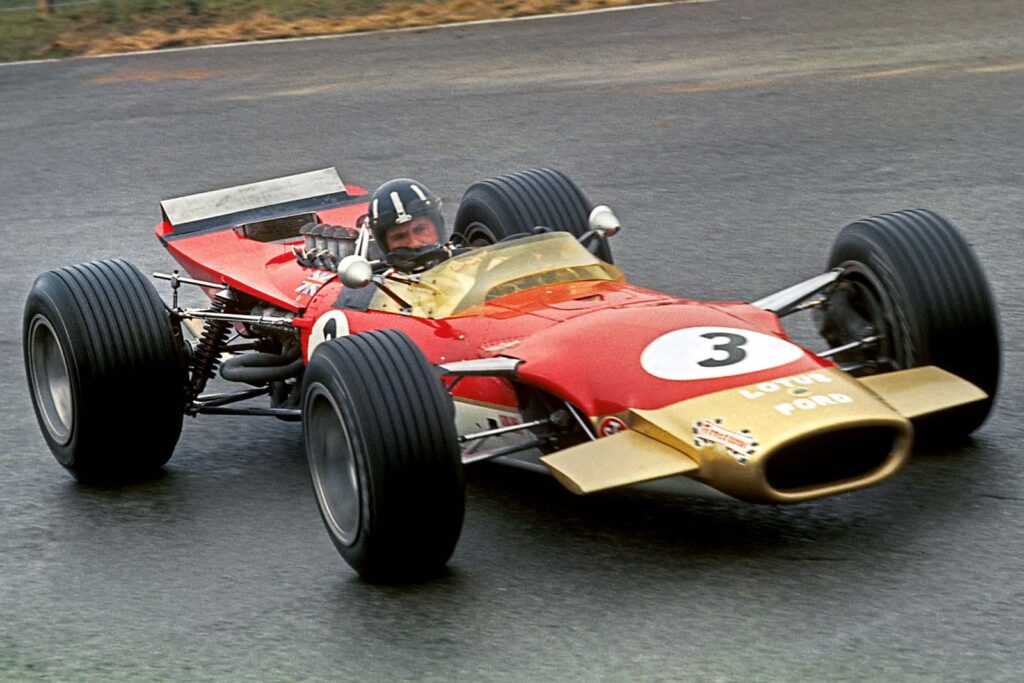[ad_1]
“Those of our readers who cannot get to races have left us in no doubt that they resent this whole squabble, and we support their feelings.”
Thankfully, the issue was settled with the BBC that August, meaning Hill’s second title victory at the end of the season wouldn’t be missed.

By then, the floodgates had been opened already: oil companies STP and Elf backed March and Matra, before a wider variety of sponsors came in through the early 1970s.
That wasn’t totally the end of the issue, however: in 1976, British fans missed one of F1’s finest title fights – Niki Lauda versus James Hunt – because Surtees was advertising condoms.
Commentator Murray Walker would later recall: “As far as the BBC was concerned, a visible Durex logo was totally unacceptable for family viewing.”
A few years later, football teams would have to fight a similar fight, as they introduced sponsor logos on players’ shirts. Governing body the FA permitted this from 1977, but broadcasters didn’t.
The BBC even made Coventry City design a special kit for televised games, on the basis that its T-shaped stripes too obviously referenced local car maker Talbot even with the logo removed. Not until 1986 would all sponsorship restrictions be lifted.
[ad_2]
Source link

